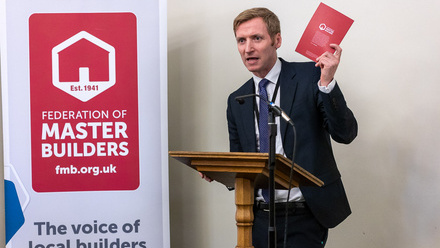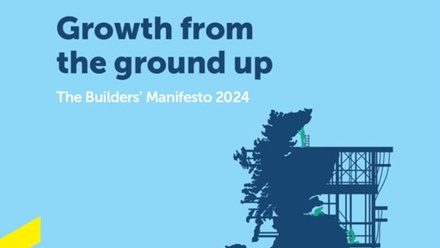The coronavirus pandemic has created severe economic difficulties throughout society, impacting almost every part of our lives. There is, however, particular concern about the impact that it will have on young people and their future employment opportunities. Because of this, the UK Government has put in place several schemes that aim to increase the number of young people in work.
The Kickstart Scheme
One of these is the Kickstart Scheme, which provides funding for employers to create job placements for 16–24-year-olds who are out of work and on Universal Credit.
Through the scheme, the Government will pay 100% of the wage costs for placements, alongside a £1,500 grant to employers for each successful Kickstart applicant their business receives.
Placements on the scheme last for six months and can be started at any point during 2021.
Intentions
The scheme is designed as an entry point into an industry or sector and cannot be used in conjunction with an apprenticeship.
A Kickstart employee may, however, move into an apprenticeship whilst taking part in the Kickstart Scheme. At the point they become an apprentice, the money available via Kickstart ends, however, at this point an employer can receive further support through (location specific) apprenticeship incentive payments. For apprenticeships based in England, this could mean a payment of up to £3,000.
While there is no obligation for participating employers to hire their Kickstart employees following the funded placement period, the scheme is being operated with the view that the skills and experience the Kickstart employee will have gained through their placement will enhance their employability in the job market and better their chances of finding work in future. This being said, employers do have the option to retain their Kickstart employee and pay their wages if they wish to do so, or help move them onto an Apprenticeship programme if they are a suitable candidate.
Easier than ever for SMEs
When the scheme began (Summer 2020) it received some criticism because of the way that it did not allow small and medium sized businesses (SMEs) to engage with it directly. In its original form, the scheme required each employer to recruit at least 30 young people at a time, an unrealistic level of recruitment for the majority of SMEs in the sector.
We told the Government that this was not preferable, and it is good news that they have listened.
The Government recently relaxed the requirements for the scheme, removing the 30-placement threshold and allowing employers of all shapes and sizes to engage directly with the scheme.
More information
If you think that your workforce may benefit from employing someone through the Kickstart scheme, visit the Government’s information page on the scheme to find out more and check your eligibility.





